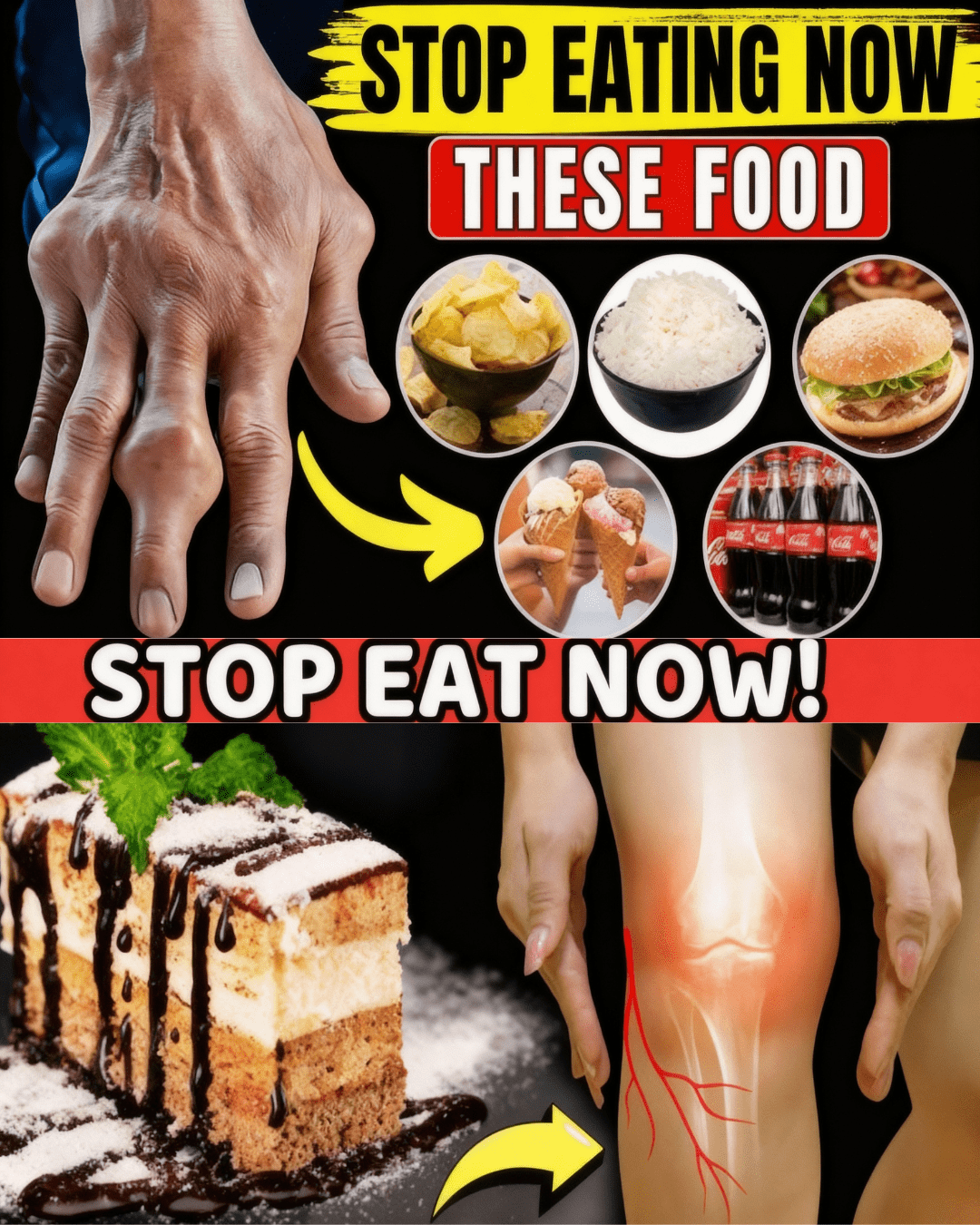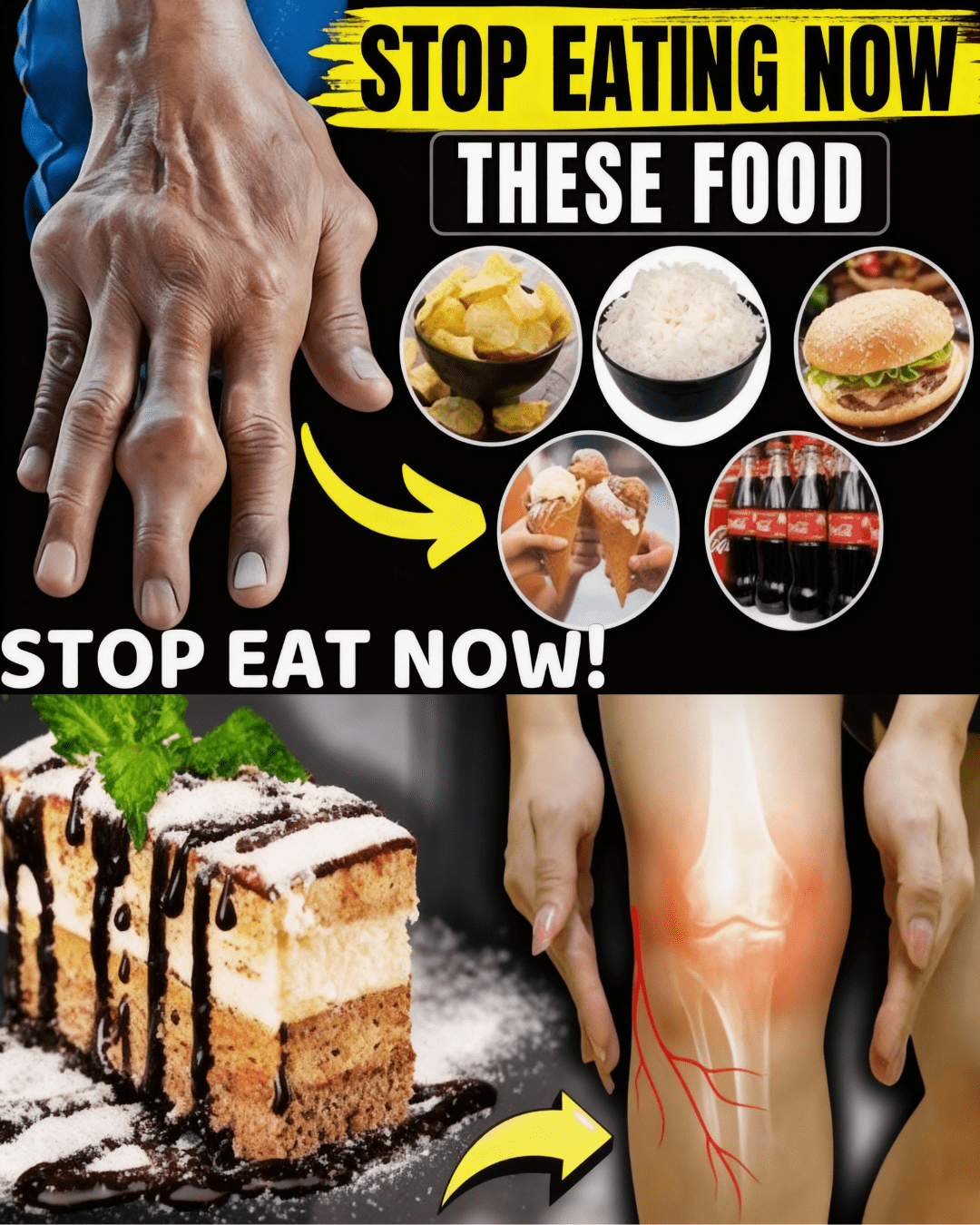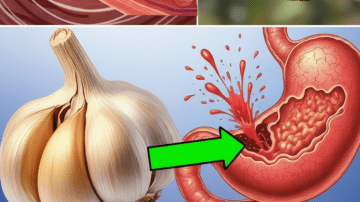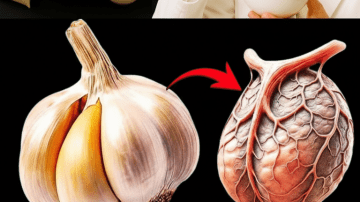That nagging discomfort in your legs and feet—the relentless tingling, burning, dull ache, or unsettling numbness—is more than just physical discomfort. It’s a clear signal that your body’s most crucial systems, particularly circulation and nerve health, are under stress. For many adults, while underlying conditions like diabetes or sciatica are primary causes, the daily habits on your plate can silently worsen inflammation, restrict blood flow, and deplete the vital nutrients your nerves need to function.

Ignoring the connection between food and neurological symptoms is a missed opportunity for relief. The encouraging truth is that making strategic, targeted dietary swaps can be a powerful complement to your medical treatment, helping to stabilize blood sugar, reduce inflammatory markers, and improve nutrient delivery to your extremities.
Ready to gain control over your leg comfort? Read on to unlock the 7 worst foods that may be aggravating your symptoms and discover the anti-inflammatory allies you need to build a diet that supports steady nerves and strong circulation.
🔬 The Diet-Nerve Connection: Triggers and Defenses
Leg pain and numbness often stem from neuropathy (nerve damage) or circulatory issues. Certain foods exacerbate these conditions by increasing systemic inflammation or causing metabolic stress.
Key Dietary Goals for Leg Health:
- Stabilize Blood Sugar: High glucose is toxic to nerves (diabetic neuropathy).
- Reduce Inflammation: Chronic inflammation damages blood vessels, restricting circulation.
- Fuel Nerves: Ensure adequate intake of B vitamins (B12, Folate), essential for nerve sheath maintenance.
🚩 7 Foods to Limit or Avoid If You Have Leg Discomfort
The goal is to eliminate common triggers that promote vascular and nerve damage.
1. 🍚 Refined Sugar (The Blood Sugar Bomb)
- The Problem: Refined sugars flood the bloodstream rapidly.
- The Danger: Promotes systemic inflammation and contributes to unstable blood glucose levels, which are highly destructive to delicate peripheral nerves and blood vessels.
- ✅ The Smarter Swap: Whole Fruits (with skin/fiber), Cinnamon, or Plain Yogurt with Berries. These offer sweetness and antioxidants but stabilize the glucose curve.
2. 🍞 White Bread and Traditional Pasta (The Refined Carb Trap)
- The Problem: Refined carbohydrates (white flour products) are quickly metabolized into glucose.
- The Danger: Like sugar, they lead to blood sugar swings that stress the nervous system and vascular health, accelerating damage in at-risk individuals.
- ✅ The Smarter Swap: 100% Whole-Grain Bread, Legume-Based Pasta, Quinoa, or Brown Rice. Their high fiber content slows digestion and moderates glucose release.

3. 🍟 Fried Foods (The Inflammation Driver)
- The Problem: Deep-fried foods are often high in inflammatory, unhealthy fats.
- The Danger: High consumption is directly linked to increased systemic inflammation, which restricts blood flow and can aggravate pain signals in already sensitized nerves.
- ✅ The Smarter Swap: Baking, Grilling, or Air-Frying with heart-healthy Olive or Avocado Oil.
4. 🥓 Processed Meats (The Sodium and Additive Load)
- The Problem: Deli slices, sausages, and bacon are high in sodium and potentially inflammatory additives.
- The Danger: Excessive sodium intake can contribute to fluid retention (edema), creating pressure and that “heavy” feeling in the legs that exacerbates circulatory discomfort.
- ✅ The Smarter Swap: Roasted, lean poultry (turkey/chicken) you slice at home, or plant-based protein like lentils and beans.
5. 🥃 Excessive Alcohol
- The Problem: Alcohol is a neurotoxin that depletes essential nutrients.
- The Danger: Overuse is directly associated with depletion of B Vitamins (especially B1/Thiamine), which are non-negotiable for normal nerve function. This increases the risk of nerve-related symptoms.
- ✅ The Smarter Swap: Limit consumption to one drink per night or enjoy sparkling water with citrus and herbs.
6. 🧂 High-Sodium Snacks (The Fluid Retention Trigger)
- The Problem: Chips, salted crackers, and certain packaged foods are designed to be high in sodium.
- The Danger: High sodium contributes to water retention and swelling in the lower body, physically increasing pressure on blood vessels and nerves in the legs.
- ✅ The Smarter Swap: Lightly salted nuts/seeds, air-popped popcorn, or vegetables with low-sodium hummus.
7. 🍬 Certain Artificial Sweeteners
- The Problem: For a small, sensitive subset of the population, certain artificial sweeteners may trigger a systemic reaction or heightened sensitivity.
- The Danger: Anecdotal evidence suggests specific sweeteners can worsen symptoms, although research is limited.
- ✅ The Smarter Swap: Reduce overall sweetness preference or sweeten with whole fruit.
🌿 The Nerve-Supportive Plate: What to Eat Instead
Build your meals around foods that actively reduce inflammation and nourish nerve health.
1. Anti-Inflammatory Power:
- Turmeric (with Black Pepper): Curcumin is a powerhouse. Pair with a pinch of black pepper (piperine) to boost absorption and stir into soups or lentil dishes daily.
- Omega-3 Sources: Salmon, Sardines, Walnuts, and Chia Seeds provide fats that are associated with balanced inflammatory responses.
2. Nerve and Circulation Fuel:
- Leafy Greens: Rich in folate and magnesium, supporting nerve and muscle function.
- B-Complex–Rich Foods: Eggs, Lean Meats, and Whole Grains supply B vitamins that are essential for nerve sheath maintenance.
- Berries: Provide polyphenols and fiber that fight oxidative stress and support vascular health.
👑 Final Thoughts: Nutrition is Your Daily Neurological Ally
You do not have to live with constant leg discomfort. While seeking professional medical evaluation for persistent symptoms is paramount, your diet is your most accessible, powerful daily tool.
By eliminating the 7 most common inflammatory and glucose-spiking foods, and strategically prioritizing nerve-supportive nutrients, you empower your body to maintain stability and improve circulation. Make the commitment to clean eating today, and take the first step toward reclaiming comfortable, pain-free mobility.






